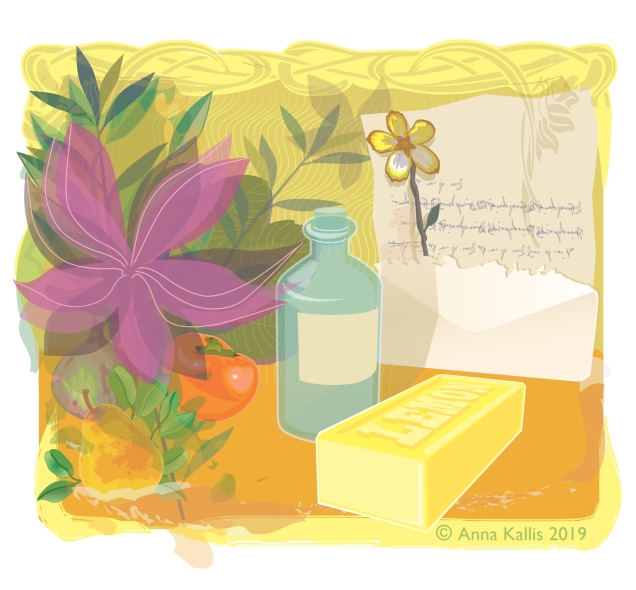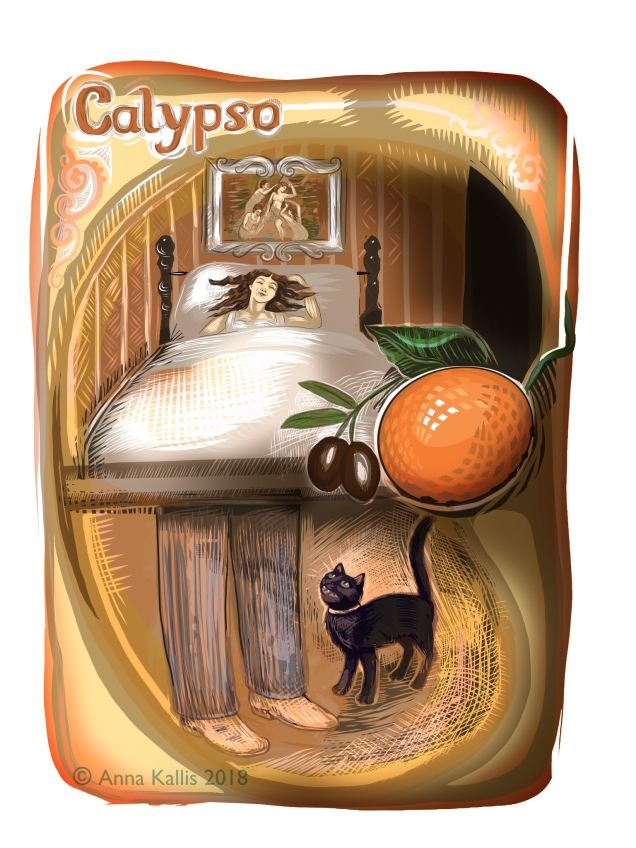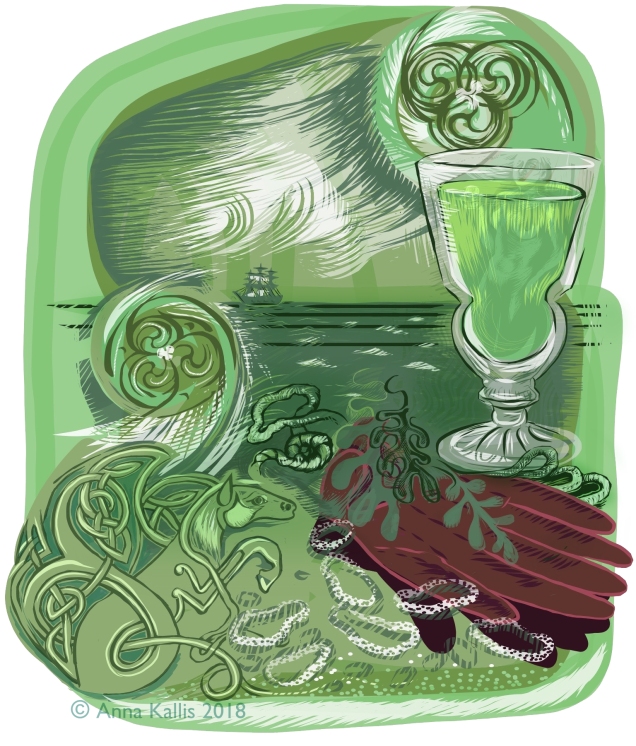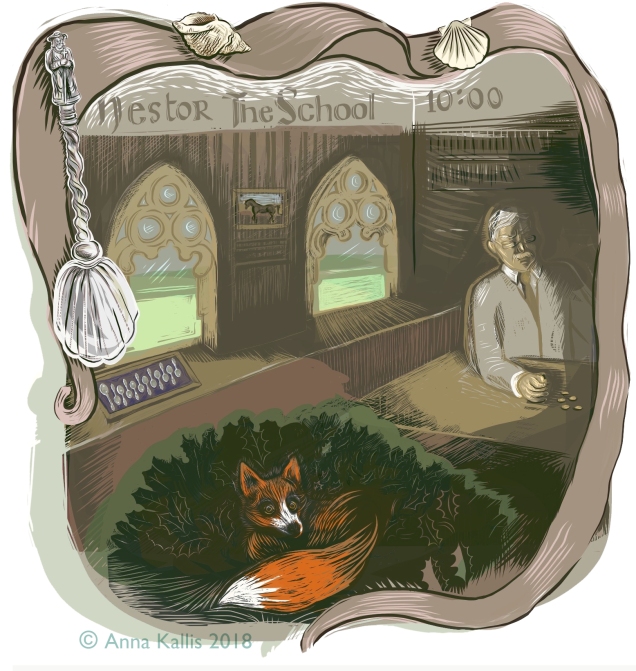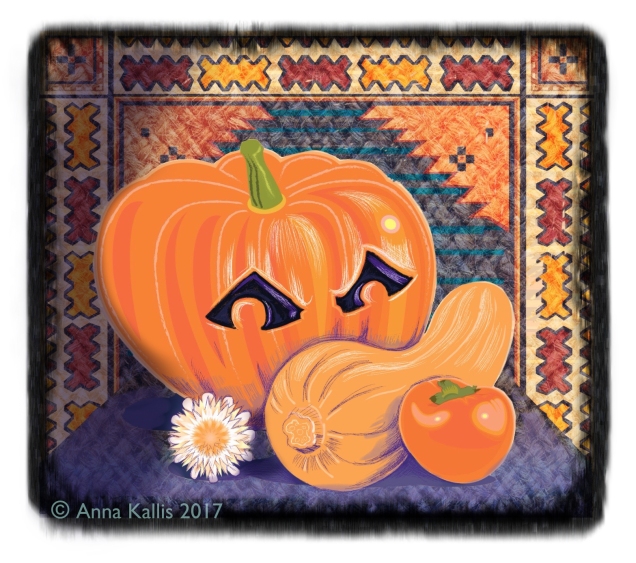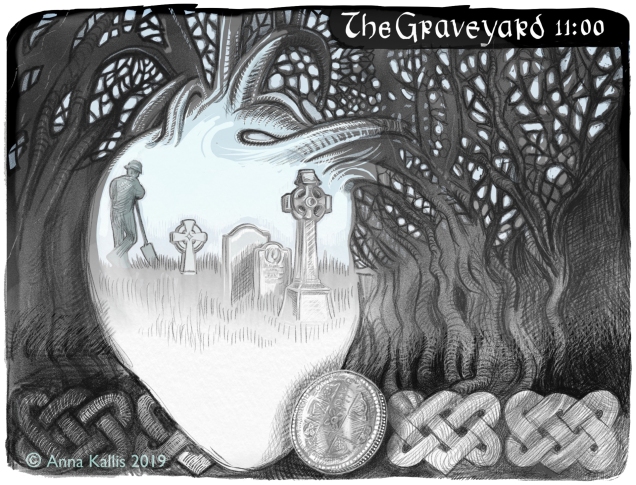
First illustration on my new iPad Pro! Yay!
Loving the size of the new iPad, gives me room to play, and allows for greater zooming-in capability. As someone who loves to put pencil to paper, this is seriously threatening to switch my preference from Draw to Sketch. Nothing beats the realism of the pencil-on-paper feel that Adobe Sketch can give! I started this piece in Abobe Draw for the composition and structure, but later imported it as background in Sketch to add more pencilly texture.
The signature colour in this chapter -as always according to the Gilbert schema- is black and white. I decided to go with a chiaroscuro for this illustration, phasing out the little colour I started with. Glasnevin Cemetery, with imposing cypress trees, is ideal for this type of moody, pencil-effect shading. We are here because Dignam has died of a heart attack, so this chapter’s organ is the heart. Somehow, the negative space lends itself to the shape of a heart, seen as a clearing through arched branches, where John O’Connell, the cemetery caretaker and a stand-in for Charon, can be seen.
